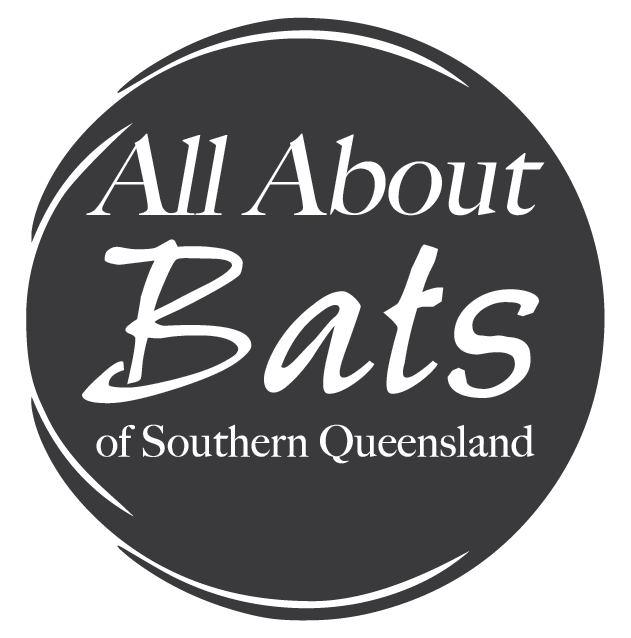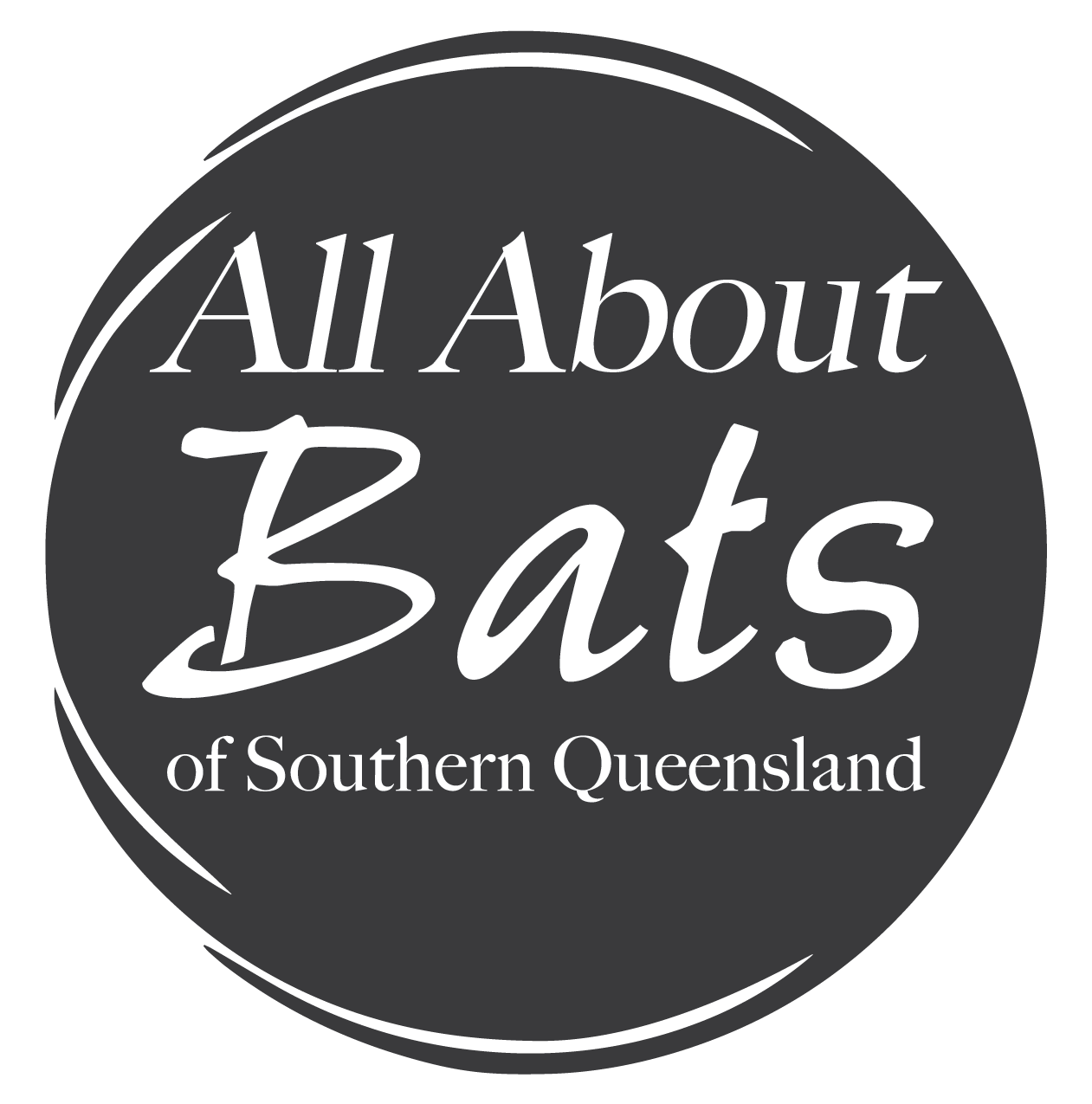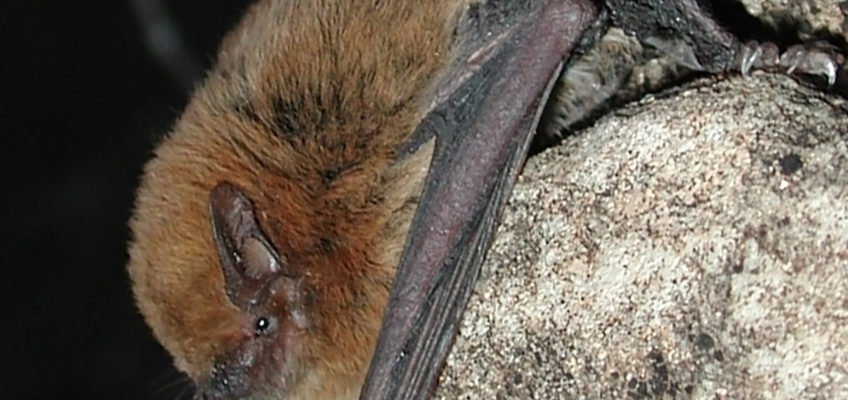Vespadelus finlaysoni
The Finlayson’s cave bat (also called the Inland cave bat) has black fur with the tips a paler shade of rusty-brown or yellow-brown that continues on the head, down to the muzzle.
The belly fur is lighter in colour. Despite living in often harsh, dry and hot conditions, when individuals are caught for research they can stress and dehydrate very quickly making them more fragile than other Vespadelus species.
Habitat
These bats roost in the twilight area of caves, crevices or abandoned mines. Colonies of 20 are common but can increase to 500 individuals. Females will cluster together in large groups while males hangout in smaller groups in tight crevices. Young are known to cluster together, separately from the adults. They forage for flying insects close to their roosting cave and can be found in grasslands, savannah woodlands, open forests, mulga and other shrub communities.
Breeding
A single young is born in late November or early December.
Predators and Threats
Hawks, owls and goannas. Loss of tree hollows, land clearing and modified fire regimes.
Photo: Terry Reardon
Sources:
Churchill, S. (2008) Australian Bats (2nd Edition). Allen and Unwin, Sydney.
Hall, L. (2009) Bats, A Wild Australia Guide. Steve Parish Publishing, Queensland.
Atlas of Living Australia


